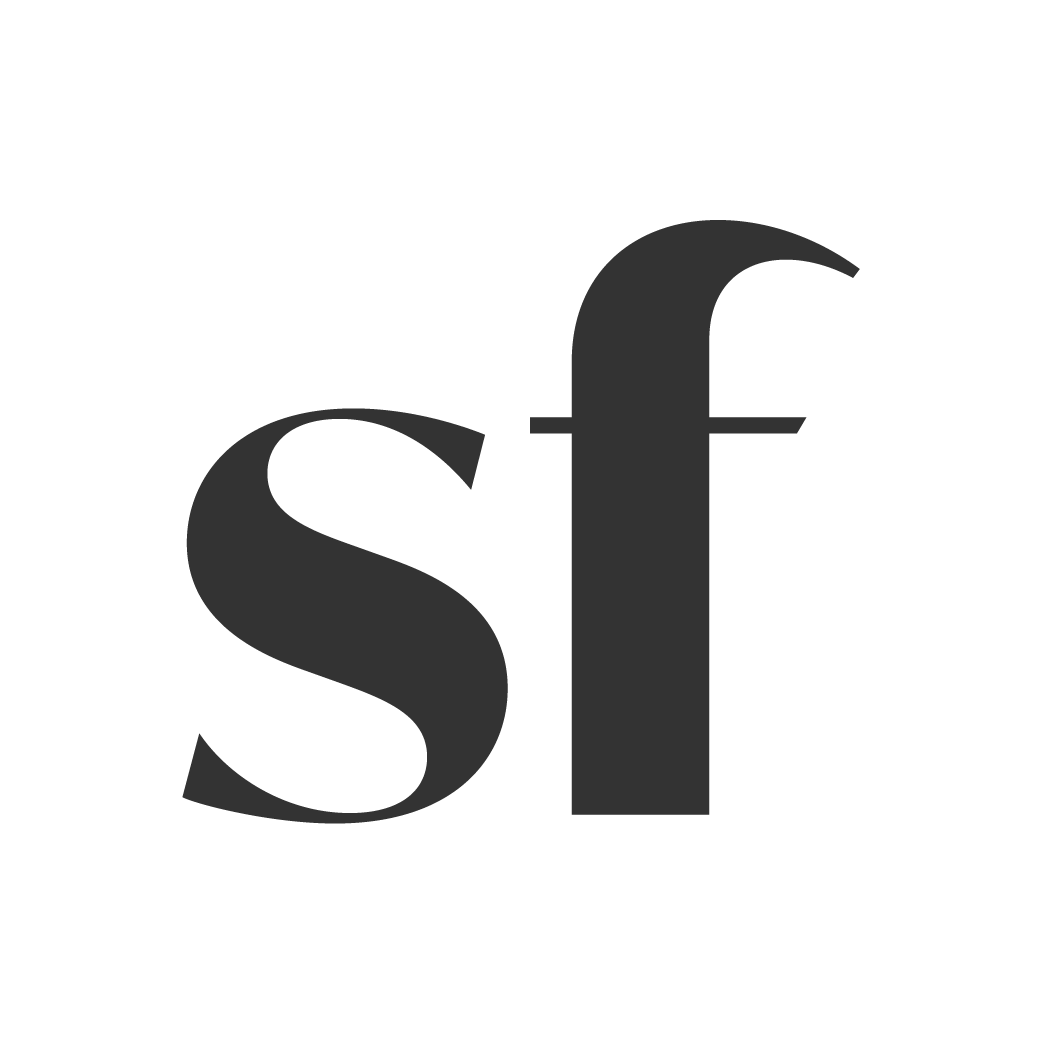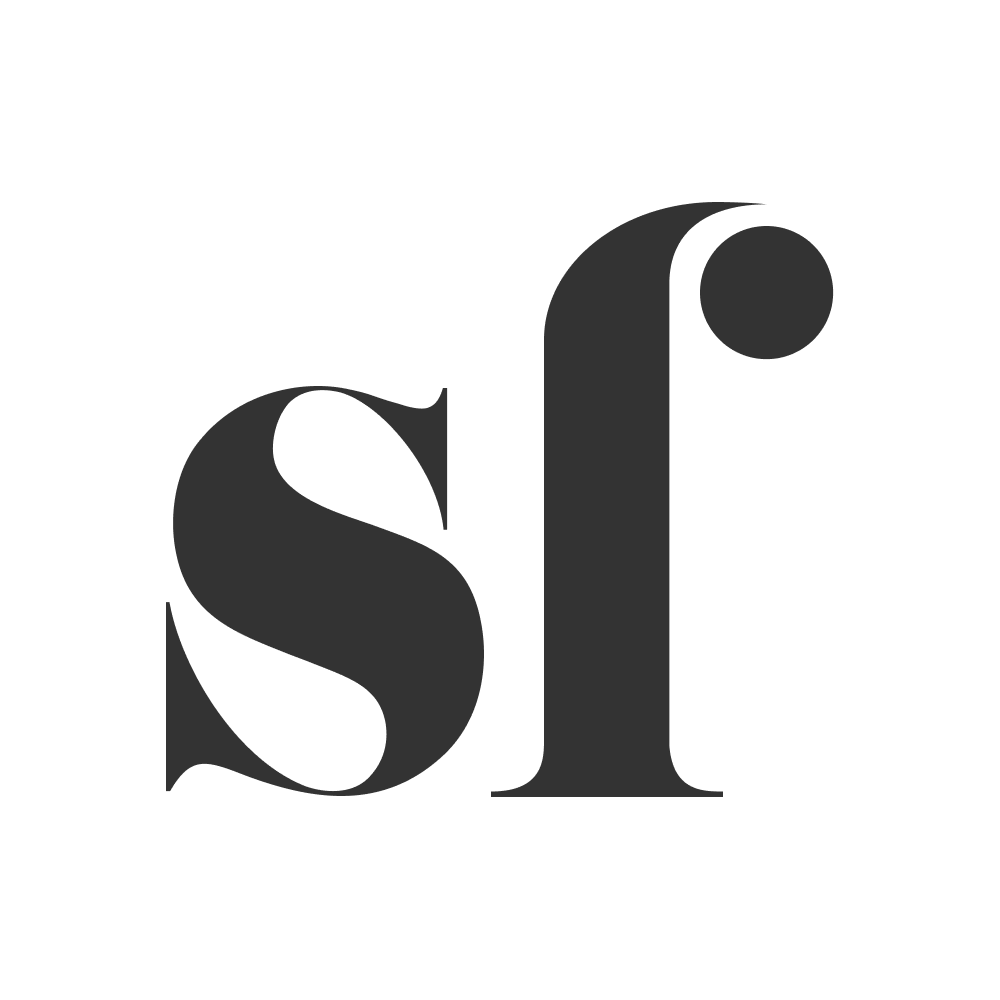Top 12 Studio Tools—Sept
Varithane Spar Urethane -
I use this for everything! It's my go-to collage glue, and I even finish my work with it, using it as a varnish. I learned the best wet collage technique from Bibby Gillignat, and I'll never return to the old matte medium collages—unless I'm gluing down particularly thick material. It's water-based, so it doesn't fill the studio with a strong odor, and it's mold-resistant. Available in satin, semi-gloss, and gloss finishes, you can purchase it on Amazon or at select local hardware stores. Tip: Transfer it to a 16 oz. squeeze bottle for easier application.
SpectraFix Non-Toxic Fixative
Sadly, many acrylic mediums need to be fixed before varnishing, or they'll bleed—like the Posca Pens on this list. They'll smudge if they get wet. I also use Krylon Workable Fixative, another essential studio tool. It's a superior fixative, but it's toxic, so it's best used outdoors. The Spectra fixative isn't perfect, so be cautious. It often requires multiple coats, but that can be more convenient than moving a large canvas outside or dealing with strong odors indoors.
Posca Pens
These are fantastic for adding doodles or asemic writing to your work. However, as mentioned above, ensure you use a fixative over them to prevent smudging.
MTN Water Based Spray Paint—Starter Set
There's a recurring theme in this post: non-toxic alternatives to art supplies that can be odorous. While these aren't entirely odor-free, they're much less pungent than traditional spray paints. You can get a set of caps too. Tip: To prevent the caps from clogging, turn the can upside down and spray briefly after each use. For cleaning, soak in acetone or rubbing alcohol.
Diamonds Stencils
I adore using these with spray paint to introduce repetition into my work.
Caran D’ache Pastels
These pastels boast a rich, creamy texture. Tip: You can smooth out the canvas texture in your marks using silicone clay modeling tools.
Giant Compass
I use this massive compass to craft large circles or arcs, typically with china markers. However, you can attach any drawing tool you prefer.
Lukas Cryl Acrylic Paint
I'm particularly fond of the Arctic, Fern, and Terracotta shades. These paints offer excellent pigment quality and are incredibly affordable. I have a penchant for squeeze bottles and find tubs kind of annoying. (While Nova colors and Golden are my preferred mixing paints, I often transfer them to squeeze bottles, even though it can be a bit messy and time consuming). Lukas colors for the win on packaging.
Ravioli Wheel
This makes really nice thin lines with a little bit of distressing—and the wavy line is fun to mix in once in a while.
Black Gesso
I love the matte finish on the black gesso and when I started doing my black and white collage series, I used this exclusively. It does need to be fixed tho, and for this I use the Krylon Fixative if its a large amount of the gesso.
Gelli Plates
For those who love printmaking but lack access to large presses, these are a joy to work with and offer a plethora of possibilities.
Set of Flat Brushes
These budget-friendly brushes are of remarkable quality and never shed bristles. Tip (from Matisse): Convert them into long-handled brushes using duct tape. By taping the brush to a flexible rod, pole, or even a tree branch, you can create organic brush marks from a distance from the canvas, and the marks are unlike anything you could create intentionally.



